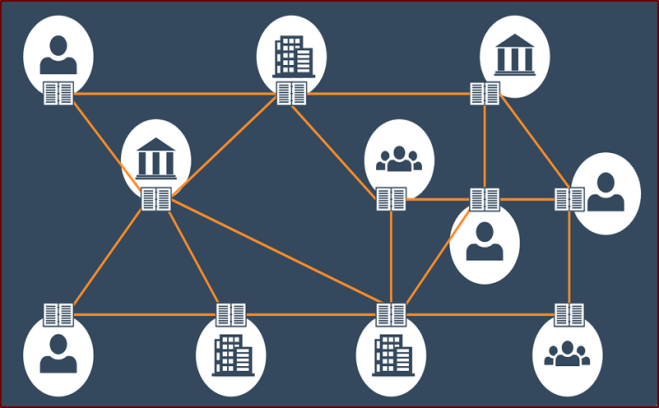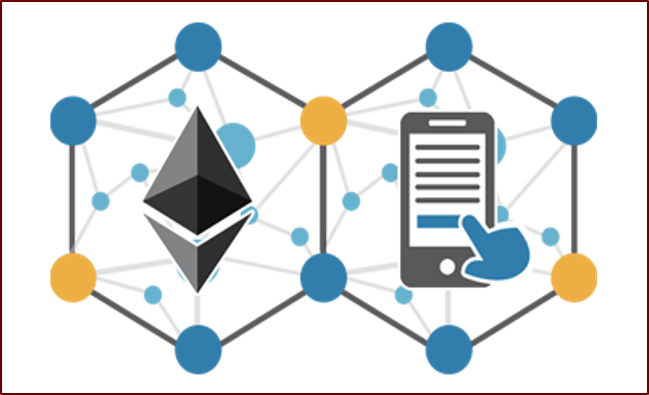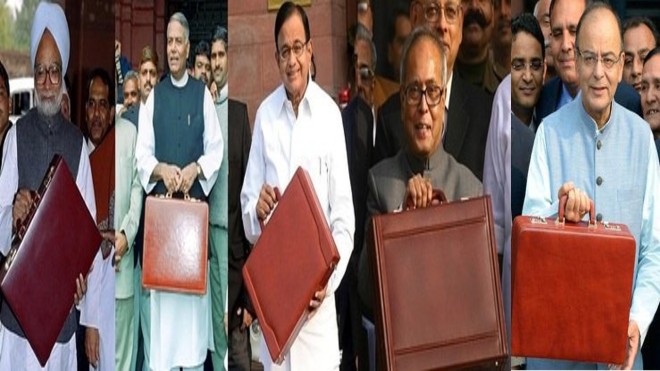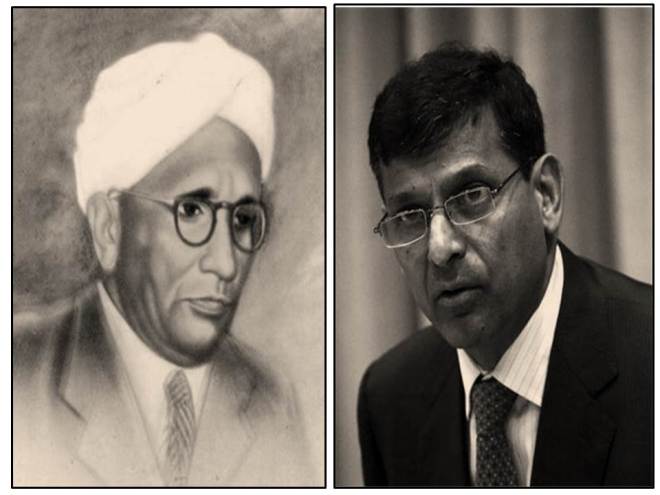 As you are aware, the journey of digital currencies has so far been quite interesting:
As you are aware, the journey of digital currencies has so far been quite interesting:
- They emerged initially as Virtual currencies through a paper published by one Satoshi Nakomoto in 2008;
- Given the cryptographic techniques at their core, they were initially called Crypto-currencies;
- With the recognition of distributed digital ledger technology, central banks started referring them as Digital Currencies;
- With growing number of use cases beyond currency, now they are being identified everywhere as Digital Tokens and Crypto-Tokens.
I will use the term “digital currencies” for most part of this note, for the sake of simplicity, but would like to mention that:
- these are technically not “currencies” and that what is being called “digital” is not currency per se, but the underlying ledger; and
- there is a clear need for capacity building in this area amongst financial institutions, industry bodies, regulators and compliance professionals.
Can Digital Currency be treated as Money?
Money as we understand in Economics 101 is anything that serves three basic purposes – as a medium of exchange, as a store of value and as a unit of account. If digital currency is to be considered as money, it should be examined whether it meets all the three requirements.
Can Digital Currencies be considered as Medium of Exchange?
Bitcoin Community celebrates the Bitcoin Pizza Day on May 22. This was the day when the first ever transaction of Bitcoin took place in 2010. On that day, 1000 BTC were used to purchase two pizzas by a programmer in US. Since then, the acceptance of Bitcoins as a medium of exchange increased multiple times.
For instance, Simon Frazer University in Vancouver, Canada became the first major academic institution in the world to install bitcoin ATMs on campus. The ATM can be used:
- to exchange any cash or currency for bitcoins;
- to donate bitcoins to the university and other charitable organizations; or
- to simply send and receive bitcoins from students, friends or family members.
Greater and further use of digital currencies as means of payment however depends upon the legal provisions of any country. For instance, in 2017, Japan officially recognised digital currency payments as legal under its Payment Services Act. Similarly, Germany considers digital currencies as legal tender for tax and trading purposes.
On the other hand, there are several central banks (such as in Thailand or India) which have issued specific guidelines notifying the public that digital currency payments are not legal tender. Of course, it does not mean that holding them becomes illegal – but digital currencies in such countries are not recognized as a legal medium of exchange for payment purposes.
Can Digital Currencies be considered as Store of Value?
Important features for anything to be considered as a store of value are – scarcity, price stability and durability.
Digital currencies, are initially considered as scarce as the first digital currency Bitcoin has a limited supply of 21 million by virtue of its programming code. However, the supply has increased multiple times because of the development of alternative currencies other than bitcoin such as Litecoin or Ethereum. According to one estimate, there are around 1565 digital currency variants as on April 10, 2018.
On price stability criteria, digital currencies are currently considered to be volatile. For instance,
- Over the past five years, the daily standard deviation of Bitcoin was ten times that of pound sterling.
- The average volatility of the top ten digital currencies by market capitalisation was more than 25 times that of the US equities market in 2017.
On the durability criteria, digital currencies are durable only as much as the security of the network because:
- If your bitcoins are stolen, you can’t get them back.
- If you lose the private key to your Bitcoin address, you’ve lost your bitcoins.
- The blockchain could be hacked or suffer a catastrophic failure.
So, given the growing supply of digital currencies, volatility in their prices and the fact that they are still not fully durable – the use of digital currencies as store of value can still be considered as a work-in-progress.
Can digital currencies be considered as a Unit of account?
Considering the previous two conclusions that digital currencies are:
- legally recognised as a medium of exchange only in some but not in all countries; and
- the volatility in their prices currently prevents them being considered as a store of value,
it would take some more time for digital currencies to be considered as a Unit of account.
Then what is the innovation all about?
If digital currencies have still a lot more time to catch up to realize their aspiration of replacing fiat currencies, then what is this fintech innovation all about?
It is about the distributed ledger technology (or the block chain technology) platform underneath the issuance of digital currencies. Using this technology:
- Digital records are accessible to participants at large, depending upon customizable permissions;
- Participants can update ledger through consensus protocols without a need for centralised intermediary;
- Self-executable smart contracts are possible if the technology is integrated with internet-of-things.

What happens if a ledger is accessible by public at large?
If a ledger of underlying transactions is accessible by public at large and not just by intermediary:
- It promotes trust – as each participant can witness updation of records;
- It promotes transparency – as all participants knows details of all transactions;
- It promotes traceability – as each block in the chain has link to previous records
Such a distributed ledger technology can be pretty much useful in many ways such as – for maintenance of land registry which records the transfer of ownership of land between people.
- Dubai Land Department officially announced that is going to put its entire land registry records on Block-chain technology and link it with Dubai Water & Electricity authorities for efficient payment of government bills.
The international aid agency Dorcas announced that it was able to successfully test a block-chain technology proof-of-concept called Disberse. Through this, it is possible to maintain traceability of humanitarian aid given by Dorcas from Netherlands to its Albenia country office.
This success is now being replicated by the international aid agency network, which includes government agencies such as the UK government.
What happens if the centralized intermediary is replaced by consensus protocols?
Consensus protocols operate in an automated manner without need for centralized intermediary and thereby:
- increase the speed of executing the transaction;
- promote efficient processing of transactions; and
- reduce the cost of undertaking the transaction
Considering these advantages, central banks world over are embracing distributed ledger technology for cross-border payment services using real-time gross settlement systems. Notable amongst these projects include:
- Project Jasper by Bank of Canada
- Project Ubin by Monetary Authority of Singapore in association with Bank of Canada;
- A recent project undertaken at Central Bank of Brazil
Proof of concepts for these projects are developed using different distributed ledger technology platforms such as Etherum, JP Morgan’s Quorum, IBM Hyper Ledger Fabric and R3 Corda.
Apart from central banks, even commercial banks are exploring the possibilities of distributed ledger technologies – for instance:
- ICICI Bank India announced its pilot on-boarding of 250 corporates on trade finance blockchain platform;
- Santander UK announced the completion of a pilot testing project of small value international payments
What happens if the distributed ledger technology is combined with Internet-of-things
Such combination helps simultaneous execution of contractual obligations with instantaneous monetary payments. For instance, in Kenya, the combination was proven successful for payment of affordable solar energy bills with mKopa product.
Kopa means “to borrow” in Swahili. Each solar energy component the company sells is in effect a loan of about $165. Clients pay $35 upfront and agree to make a daily payment of 45¢ for a year, after which the system is theirs.
The kits come with a control box containing the battery and a SIM card that can communicate with M-Kopa headquarters in Nairobi. When a customer has made a payment via mobile phone, the SIM card sends a signal to activate the battery, which is powered by the panels. That’s how the block-chain technology can facilitate affordable electricity through integration of solar power, internet-of-things and block-chain technology.
Why are regulators so sceptical?
Because, just like their widespread use and applications, the technology has also enabled its misuse in three different forms:
- Financial crime
- Financial misconduct
- Financial instability

How are digital currencies facilitating financial crime?
As digital currencies promote anonymity, it is favoured by criminals for their use as medium of exchange.
A first large-scale crackdown of this happened in October 2013 when the dark-net operated criminal syndicate website called New Silk Road was shut down by US Federal Bureau of Investigation. The website used to accept bitcoins as a compensation for all organized crime activities facilitated through its website – like drug trafficking and murder.
Since then, four primary areas of criminal activity were identified for potential misuse of cryptocurrency: tax evasion, money laundering, contraband transactions, and extortion.
In fact, Bitcoin has become the popular payment method for ransomware over the last two years, WannaCry, the biggest ransomware event, for example, hit hundreds of thousands of PCs around the globe, encrypting files and demanding a payment of $300 in bitcoin for the safe return of what was stored on the machine.
How are digital currencies facilitating financial misconduct?
Apart from facilitating financial crime, digital currencies are also known for financial misconduct in cyberspace.
Ineffective cyber security controls led to hacking of bitcoins from the exchanges –
- For instance, 740,000 Bitcoins were lost in the Magic The Online Exchange (Mt GOX) – Japan’s biggest bitcoin exchange that used to handle 70% of bitcoin transactions in the world at the time of hack;
- Recently, in India, 3.4 million Dollars’ worth of coins were reported to have been stolen by the bitcoin exchange Coinsecure.
These instances of financial misconduct represent Greesham Law in motion – which says that bad money obtained through unauthorized modes (like in this case, cyber-attack) will drive away the good money (being invested in digital currencies out of legal earnings) eventually.
How are digital currencies impacting financial stability?
Regulators are studying the nexus between the crypto world and the financial system to assess how risks to financial stability may be transmitted.
- First, as market risk from the direct exposure of financial institutions to digital currencies;
- Second, as credit risk through unsecured lending to digital currency operators; and
- Third, through leverage when borrowers pledge digital currency as collateral to borrow and buy more digital currencies.
However, regulators such as MAS assess that the current nature and scale of digital currencies activities do not pose a significant risk to financial stability. However, not all central banks/regulators share this opinion. In India and China for instance, because of regulatory guidelines, banks are now distancing themselves from digital currency operators.
On a positive side, regulators such as MAS are leveraging upon Application Programming Interfaces or APIs provided by crypto-exchanges for monitoring financial stability issues. APIs can help in obtaining real-time insights on flow of fiat currencies into the digital currency market. This would help assess the financial stability concerns, if any, by the regulators which is otherwise not possible through traditional information sources.
Concluding remarks
To sum up:
- Digital Currencies currently do not serve the functions of money;
- Innovation therefore is not digital currency but the distributed ledger technology which is now being explored by commercial banks and central banks;
- Till the market becomes mature, digital currencies pose certain challenges to banks and regulatory authorities
The current situation of digital currencies therefore can be likened to a Chinese Proverb – Mōzhe shítou guòhé – Let us all cross the river of digital currencies by feeling the stones underneath slowly and cautiously.










